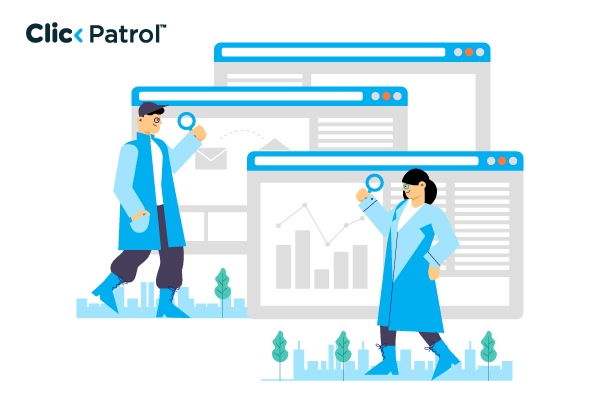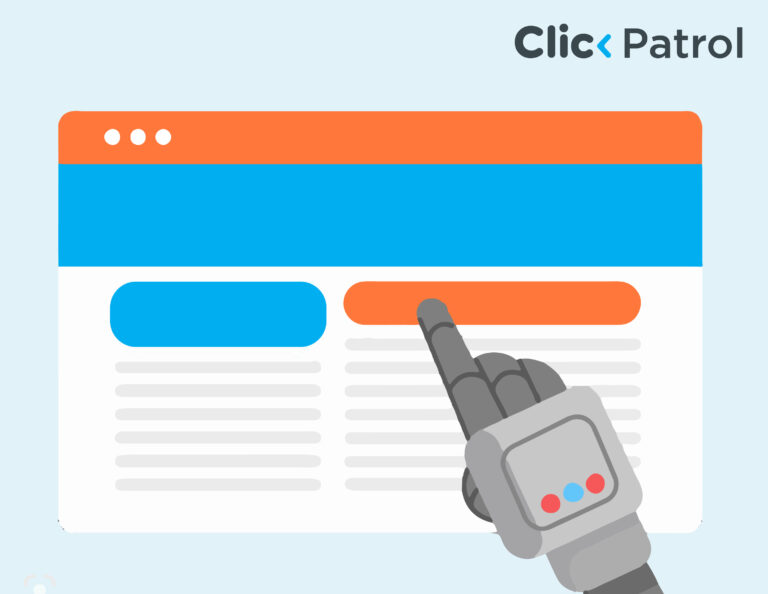Instant for Play balance, 3–7 days for cards, and 2 billing cycles or less for carriers.
Google Play refund status: Not refunded, reasons, fixes, and smart refund tips (2025 Guide)
Abisola Tanzako | Nov 18, 2025

Table of Contents
- Understanding Google Play refunds
- Google Play refund status: Not refunded, what it really means
- Google Play refund timelines by payment method
- How to check your refund status
- What to do if your refund was denied
- Preventing refund problems in the future
- Case studies: Why refunds get denied (and what to learn)
- Accidental subscription charge – Immediate denial
- Deceptive free trial – Billed immediately
- Faulty App purchase – Google & developer pass the buck
- Tips for handling refund issues
- Navigating Google Play refunds with confidence
Getting a Google Play refund is not always straightforward. With 1.57 million active apps in August 2025, it processes billions of purchases annually, driving global mobile consumer spend of $171 billion in 2023.
While most transactions go through without issue, some users encounter the frustrating message: “Google Play Refund Status: Not Refunded.” This leaves buyers unsure why their request was denied, how long refunds really take, and what options they have to fix it.
This guide covers Google’s refund policies, timelines, common rejection reasons, step-by-step fixes, and prevention tips.
Understanding Google Play refunds
Before we dive into why your refund request would have “Not Refunded” marked, it’s essential to understand how Google Play refunds work.
Refund policy overview
Google Play generally issues refunds in a few particular scenarios:
- Immediate refund window: With paid apps and games, you can attempt a refund within 2 hours of payment from the Play Store.
- After that, you can ask for a refund within 48 hours, but it’s at Google’s discretion.
- Subscriptions: Subscription refunds are harder. You can cancel anytime, but refunds are usually not guaranteed unless there was a billing mistake or policy violation.
- Movies, TV, Books, Music: Refunds are generally issued within 7 days of the original purchase if you have not begun watching or downloading the content. For defective or unusable files, refunds are issued outside of this window.
Refund process
- Automatic refunds (if offered) are issued quickly, usually within minutes to hours.
- Manual refund checks can take a few days to process.
- Refunds are returned to the original payment method (credit card, debit card, wallet balance, carrier billing, etc.).
Refund timeline
- Credit/Debit Cards: 3–7 business days.
- Google Play Balance: Instant.
- PayPal: 3–5 business days.
- Carrier Billing: Up to 2 monthly billing cycles.
Google Play refund status: Not refunded, what it really means
When you look at your order history or Google’s refund page, you will see a request for a refund that is “Not Refunded.” This means that Google received your request and decided not to issue a refund.
It does not necessarily imply a system failure; it most often indicates that your purchase did not meet Google’s policies.
Common reasons for “Not refunded” status
You requested the refund too late
If you try to request a refund after the official refund period, Google usually rejects it.
Requesting a refund for an app you bought several months ago, for example, almost always results in a rejection.
Excessive refund requests (Abuse prevention)
If you request refunds too often, Google will mark your account and stop issuing further refunds.
This is to prevent people from repeatedly buying and refunding to use paid apps for free.
Subscription terms
Refunds for subscriptions (e.g., Google One, YouTube Premium, or in-app subscriptions like fitness apps) are rarely granted after the first billing period. Google will deny refund requests if you don’t cancel.
Third-party billing errors
Sometimes the issue lies with the payment processor, a bank, a carrier, or PayPal.
In these cases, Google may mark it as “Not Refunded” because they literally can’t do anything else.
Violation of Google’s Play policies
Google may deny your refund if it suspects fraud, account abuse, or a policy violation.
Google Play refund timelines by payment method
The time it takes to receive your refund depends on how you paid. While Google Play usually issues refunds immediately after approval, your bank or payment provider may take longer to process the transaction.
- Credit or Debit Card: 3–10 business days, depending on your bank.
- Google Pay Balance: Instant or within 24 hours.
- PayPal: 3–5 business days.
- Mobile Carrier Billing: Up to 30 days (varies by carrier).
- Gift Card or Promotional Balance: Refunds go back to your Google Play balance instantly.
- Bank Account (Direct Debit/Transfer): About 3–5 business days.
How to check your refund status
If you are unsure why your refund shows as “Not Refunded,” here’s how to confirm:
- Open the Google Play Store.
- Tap on your profile picture → Payments & subscriptions.
- Select Budget & order history.
- Find the purchase → tap to view details.
- If your request was denied, you will see “Not Refunded” under the status.
What to do if your refund was denied
Seeing “Not Refunded” can be upsetting, but there is a remedy:
- See the refund policy: Look at Google’s published Refund Policy. Check whether your transaction qualifies. If not, you will have to accept the denial.
- Contact the app developer: For app problems and in-app purchases, the developer is the one who makes the refund decision.
- Contact Google Play support: Visit Google Play Help.
- Choose the “Request chat or call” option.
- Provide your order ID (starts with GPA.XXXX).
- Sometimes, a human support representative can authorize a refund that was automatically rejected.
- Contact your bank or payment provider: If you see “Not Refunded” but money has not been refunded after the official timeframe, call your bank. Sometimes it’s not Google’s fault but theirs.
- Ask for a chargeback (Last resort): If you believe you have been overcharged and Google is not going to refund, you can request a chargeback from your card issuer or bank.
Preventing refund problems in the future
To avoid seeing “Refund Status: Not Refunded” again, here are a few tips:
- Test apps quickly: If you suspect an app, test it within the first 2 hours to claim instant refunds.
- Monitor subscriptions: Make a note to cancel subscriptions before renewal if you don’t plan to use them.
- Don’t ask for too many refunds: Avoid using the Play Store as a “test service.” Too many refund requests will arouse suspicion.
- Use authorized apps: Purchase only after reading reviews to avoid scams or poor-quality apps.
- Be careful with payment options: Double-check that your credit card, PayPal, or carrier billing is functioning correctly to avoid payment issues.
Case studies: Why refunds get denied (and what to learn)
Accidental subscription charge – Immediate denial
A Canadian customer was charged CAD 140 after mistakenly not cancelling a free trial that would subsequently turn into an annual subscription.
Even though they requested a refund the very next day, Google rejected their request, citing its strict policy that subscriptions are non-refundable once billed. This is how rigid Google’s policy is, even for temporary mistakes.
Deceptive free trial – Billed immediately
A third consumer signed up for what was said to be a 3-day free trial, but was immediately billed €15.
They cancelled within 15 minutes and requested a refund, but Google refused, saying the service had already been “consumed.” That’s how deceptive trial offers can leave consumers trapped.
Faulty App purchase – Google & developer pass the buck
A consumer purchased a paid app upgrade that did not perform as marketed. Google would not grant a refund, directing them to the developer, who brushed off the complaint.
With neither side willing to accept blame, the consumer was left in limbo.
Tips for handling refund issues
- Keep your order ID (GPA Number) Ready: Google support will almost always ask for it. Keeping it handy makes it quicker and avoids delays.
- Take screenshots of issues: If the application crashes, functionality doesn’t work, or billing is misleading, screenshots (or screen shots) are evidence to back up your complaint.
- Be courteous and firm: Contact either Google or the developer; a courteous yet brief tone will make your request more likely to be taken seriously.
- Call back if denied: Don’t be disappointed if your initial refund request is denied. Wait a day and call back with support; reps may have different interpretations of the policy, and calling again may be fruitful.
Navigating Google Play refunds with confidence
Discovering “Google Play Refund Status: Not Refunded” is infuriating, but it is not always the end of the story.
Most denials result from strict timeframes, subscription policies, or utilization patterns.
Familiarity with Google’s refund policy, having your order details in hand, and being courteous when submitting proof for your case will play a big part in success. And in the meantime, prevention is better than cure.
Keep an eye on subscriptions, try apps in the refund period, and don’t seek multiple refunds to maintain your account.
Frequently Asked Questions
-
How long does it take Google Play to refund?
-
Can the app be used after issuing a refund?
Generally no. After refunding, the app license is revoked.
-
Can developers override Google's decision to refund?
Yes, developers can issue refunds for in-app purchases.






